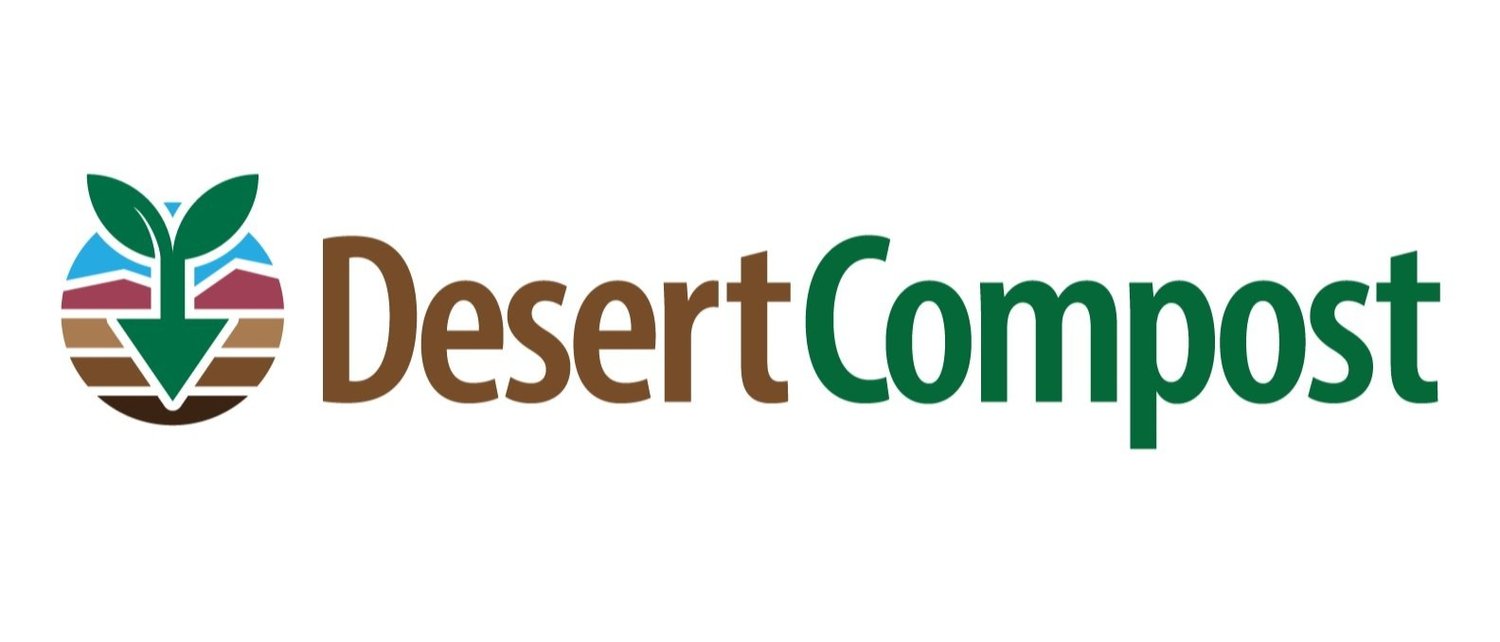Frequently Asked Questions

-
Simply, compost is decomposed organic material. Compost is made with material such as leaves, shredded twigs, and kitchen scraps from plants. To gardeners, compost is considered "black gold" because of its many benefits in the garden. Compost is a great material for garden soil. [Source: University of Illinois – Urbana-Champaign Extension]
More precisely, compost is the product manufactured through the controlled aerobic, biological decomposition of biodegradable materials. The product has undergone mesophilic and thermophilic temperatures, which significantly reduces the viability of pathogens and weed seeds (in accordance with EPA 40 CFR 503 standards) and stabilizes the carbon such that it is beneficial to plant growth. Compost is typically used as a soil amendment but may also contribute plant nutrients. (AAPFCO definition, official 2018.) Finished compost is typically sifted to reduce its particle size, to improve soil incorporation. [Source: US Composting Council]
-
Follow these guidelines to add the right amount of compost to your site for growing vegetables:
For new garden beds: Apply a 3- to 4-inch layer of compost to the soil surface. Add other amendments such as lime and N-P-K fertilizer as needed. Incorporate the materials into the top 8 to 12 inches of soil with a digging fork, spade, or rototiller.
For existing garden beds: Apply a layer of compost, a quarter inch to 1-inch deep, to the bed surface each year. Add other amendments such as lime and N-P-K fertilizer as needed. Incorporate the materials into the top 8 to 12 inches with a digging fork, spade, or rototiller.
When filling framed raised beds enclosed by retaining walls, use a soil mix. Don’t fill them with compost by itself.
For installing landscape plants:
Spread a 3- to 4-inch layer of compost over the area you intend to plant. Mix the compost into the soil as deeply as possible. Then install new plants into the amended soil.
To improve growing conditions for lawns:
For new lawns: Before you establish a lawn with seed, add a 1- to 2-inch layer of compost to the work area. Rake or rototill the compost into the soil. Apply a layer of compost, one-quarter to one-half inch deep, to cover newly sown lawn seed. Use the same preparation when installing sod.
For existing lawns: apply about ¼ inch of compost over the grass. Work it into the soil surface. You can use an aerator machine or device to incorporate the compost into the soil. Perform this work in the spring when the grass is actively growing.
[Source: Oregon State University Extension]
How to tell if your compost is finished:
The simplest way to tell if your compost is mature and ready to use is by doing the “bag test.” Put a handful of moist compost into a zip-lock bag and press out the air before sealing. Leave it for three days, then open the bag. If you detect an ammonia or sour odor, the microorganisms are still at work, and you need to let your compost finish curing. Test another sample of compost again in a week. [Source: NYC Compost Project]
-
The ingredients for composting include a proper balance of the following materials:
Carbon-rich materials (“browns”), which can include dry leaves, plant stalks, and twigs. The carbon-rich materials provide food for the microorganisms to consume and digest.
Nitrogen-rich materials (“greens”), which can include grass clippings and food scraps. The nitrogen-rich materials heat up the pile to create ideal conditions for the material to breakdown.
Water (moisture).
Air (oxygen).
[Source: US Environmental Protection Agency]
-
OK: Food and vegetable scraps, most grass clippings and yard trimmings, coffee grounds and paper filters, paper tea bags, crushed eggshells, dry leaves, plant stalks and twigs, shredded paper and brown bags, shredded cardboard, untreated wood chips.
Not OK: Meat, fish, bones, cheese and dairy products, pet waste, cat litter, produce stickers, fats, oils, greases, glossy paper, treated or painted wood, weeds with seeds, diseased or pest-infested plants, compostable food service ware and compostable bags.
More info, and specific reasons why to avoid the “not ok” items for home composting, can be found on our Resources page.
-
You will want something to collect your compost in (bucket, counter caddy, or even a bag or sack), somewhere to put it (outdoor bin, tumbler, or homemade compost area), and something to turn it with (shovel, pitchfork) to make compost. Check out our Getting Started page for more info!
Additional compost tools can be useful for speeding up the composting process, helping you handle volume, and making compost easier, but they aren’t necessary to get started. These other optional tools to consider include: wheelbarrow, compost thermometer, compost cover to reduce evaporation, soil moisture meter, chipper/shredder to reduce size of materials, and a compost sifter.
